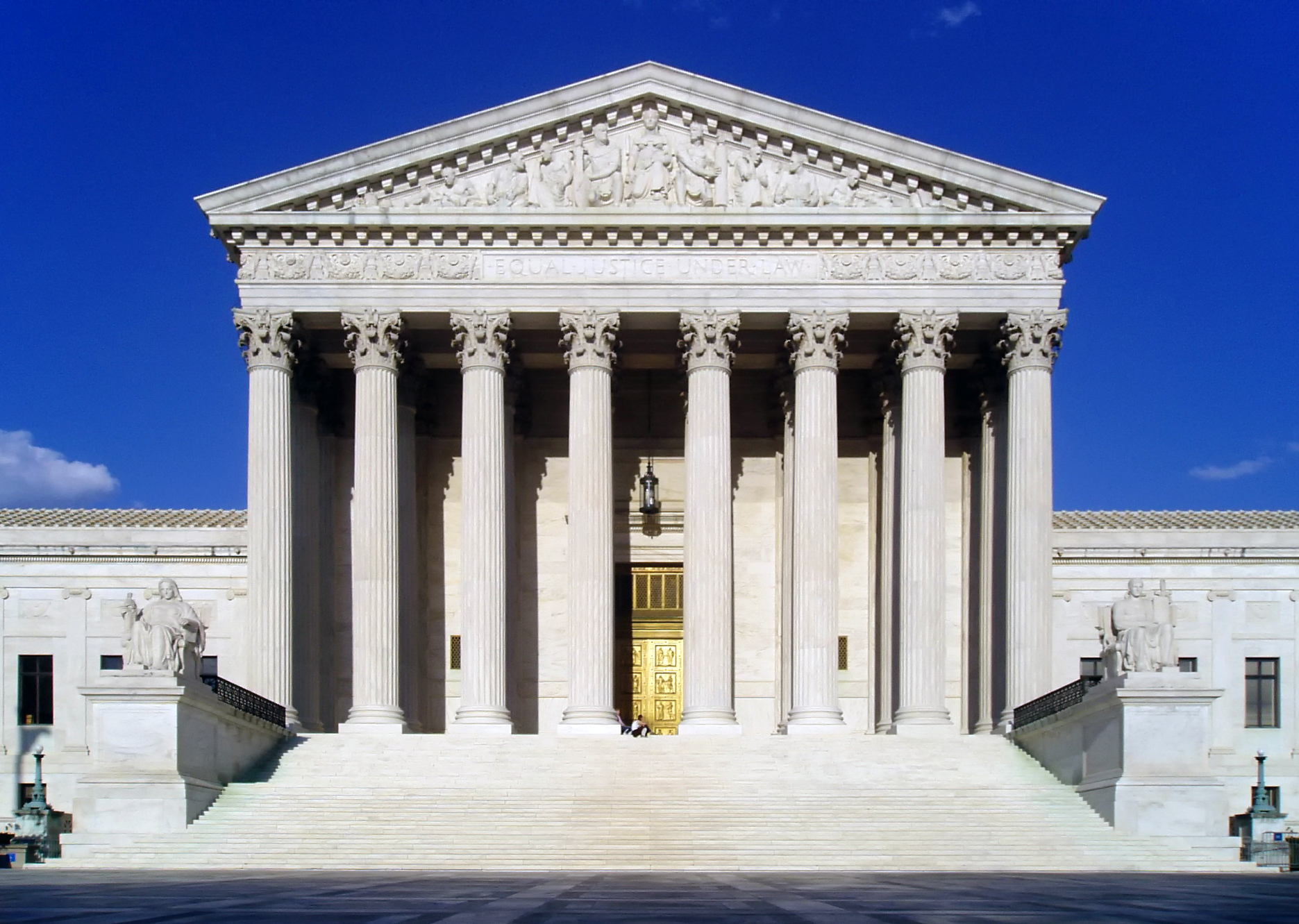An important voting rights case has been ruled by the Supreme Court with a unanimous decision. In Evanwel Et Al v. Abbott, Governor of Texas, Et Al., the Supreme Court ruled that state districts must contain equal populations. In the 1960s — see Wesberry v Sanders and Reynolds v Sims — the principle of “one person one vote” was established, but it did not specify general population or voting population. This opinion affirms that district lines must take total population into account.
The case in question concerns the redistricting of Texas state Senate districts using voting population rather than total population. This leaves out prisoners, children, and non-voters. Sue Evenwel and Edward Pfenninger challenged this redistricting and were represented by the Project on Fair Representation.
This ruling confirms the Equal Protection Clause of the 14th Amendment, which protects against some legislators representing significantly more people than others.
As Ruth Bader Ginsberg wrote in the opinion, “History, our decisions, and settled practice in all 50 States and countless local jurisdictions point in the same direction: Total-population apportionment meets the Equal Protection demand, by rendering each representative alert to the interest and constituent-service requests of all who dwell in the representative’s district.”
This decision confirms that the government should work to protect the rights of all its citizens, including those who cannot or don’t vote (youth, laggards, and felons in most states). This shows that important decisions are still being made in the Supreme Court even without a full roster of judges.



























